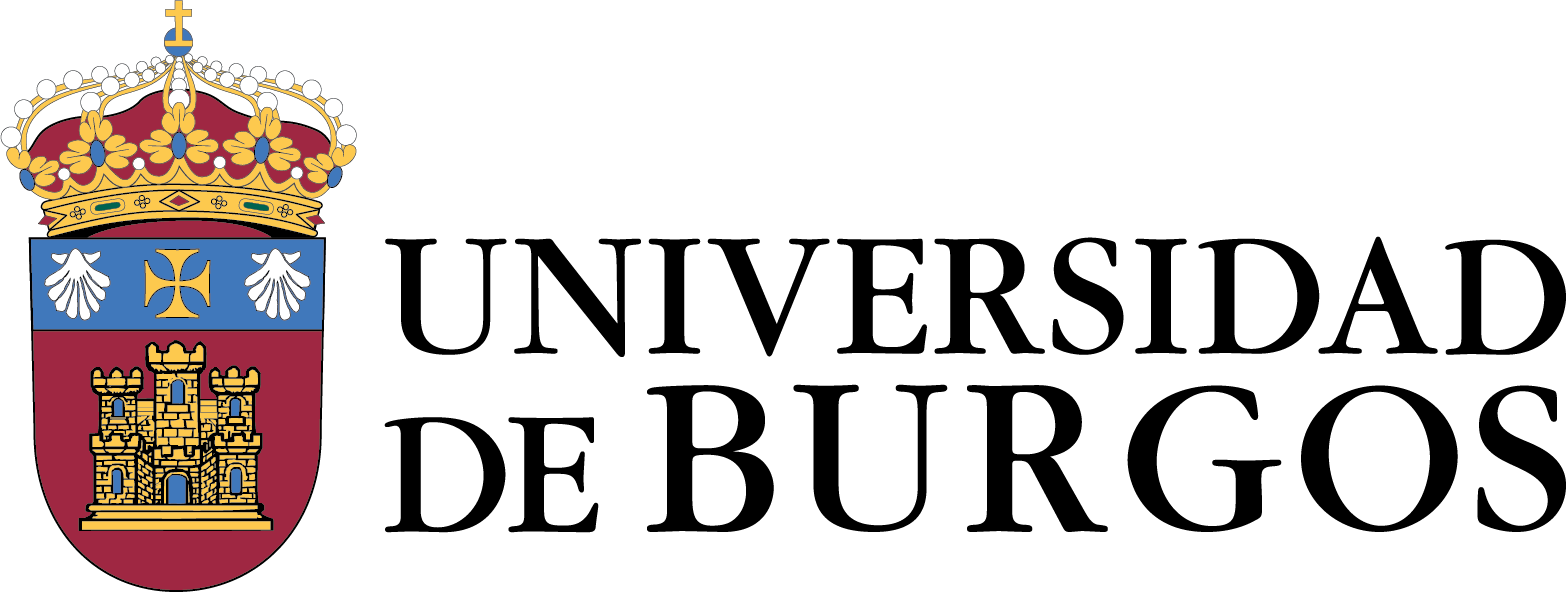The Project
The Self-Regulated Learning in SmartArt (SmartArt) project is an interdisciplinary and innovative project focused on the generation of new forms of teaching art history using new technologies. The project focuses on the design of an intelligent virtual learning classroom directed especially towards the adult collective. It is proposed the development of a virtual environment. This environment contains self-regulated learning tools aimed at achieving personalized learning. These tools include different hypermedia resources (avatars, automatic feedback, learning pattern logs, etc.).
The use of these innovative resources aims to enhance the teaching of Art History in virtual learning environments and promote the dissemination of the value of cultural heritage. Following the approach of the recent European Year of Cultural Heritage (2018), the project is fully aligned with the guidelines of the regional research strategy (RIS3 2014-2020), considering that the dissemination to society of content related to history and art encourage the value of the identity and cultural richness of the European Union. In addition, to respond to objective 4 of the 2030 Agenda (quality of education throughout life). To achieve these objectives, special attention will be paid to the dissemination and transfer of results to society, in line with the objectives of the Strategic Plan for Research, Knowledge Transfer and Innovation of the University of Burgos 2019-2024. A variety of data processing and analysis techniques, from quantitative methodologies, artificial intelligence techniques and data mining, to qualitative methods (mixed method), will be used to study the impact of SmartArt.
